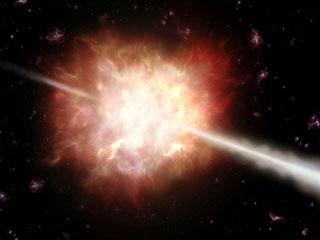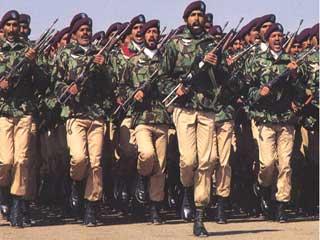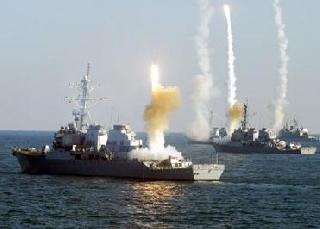
Artist�s impression of a gamma-ray burst
WASHINGTON (PTI): A German supercomputer has finally solved the Gamma-ray burst mystery by showing that colliding neutron stars can produce magnetic structures which are responsible for the cosmic event, says a NASA study.
Gamma-ray bursts are among the most energetic cosmic events known, emitting as much energy in a few seconds as our entire galaxy does in a year, most of it in the form of Gamma rays, the highest energy form of light.
Now, a state-of-the-art simulation on Damiana computer cluster at Albert Einstein Institute in Germany models events that unfold in just 35 milliseconds -- three times faster than the blink of an eye, according to the study.
"For the first time, we've managed to run the simulation well past the merger and the formation of the black hole," said the study's co-author Chryssa Kouveliotou at the US space agency's Marshall Space Flight Center in Huntsville.
She added: "This is by far the longest simulation of this process, and only on sufficiently long timescales does the magnetic field grow and reorganise itself from a chaotic structure into something resembling a jet."
GRBs lasting longer than two seconds are widely thought to be triggered by the collapse of a massive star into a black hole. As matter falls toward black hole, some of it forms jets in the opposite direction that move near the speed of light and produce a blast of Gamma rays as they emerge.
"For more than two decades, the leading model of short GRBs was the merger of two neutron stars. Only now can we show the merger of neutron stars actually produces an ultrastrong magnetic field structured like jets needed for a GRB," Bruno Giacomazzo at NASA's Goddard Space Flight Center said.
The findings are to be published in the 'Astrophysical Journal Letters' next month.
 Previous Article
Previous Article Next Article
Next Article












The Indian Air Force, in its flight trials evaluation report submitted before the Defence Ministry l..
view articleAn insight into the Medium Multi-Role Combat Aircraft competition...
view articleSky enthusiasts can now spot the International Space Station (ISS) commanded by Indian-American astr..
view article